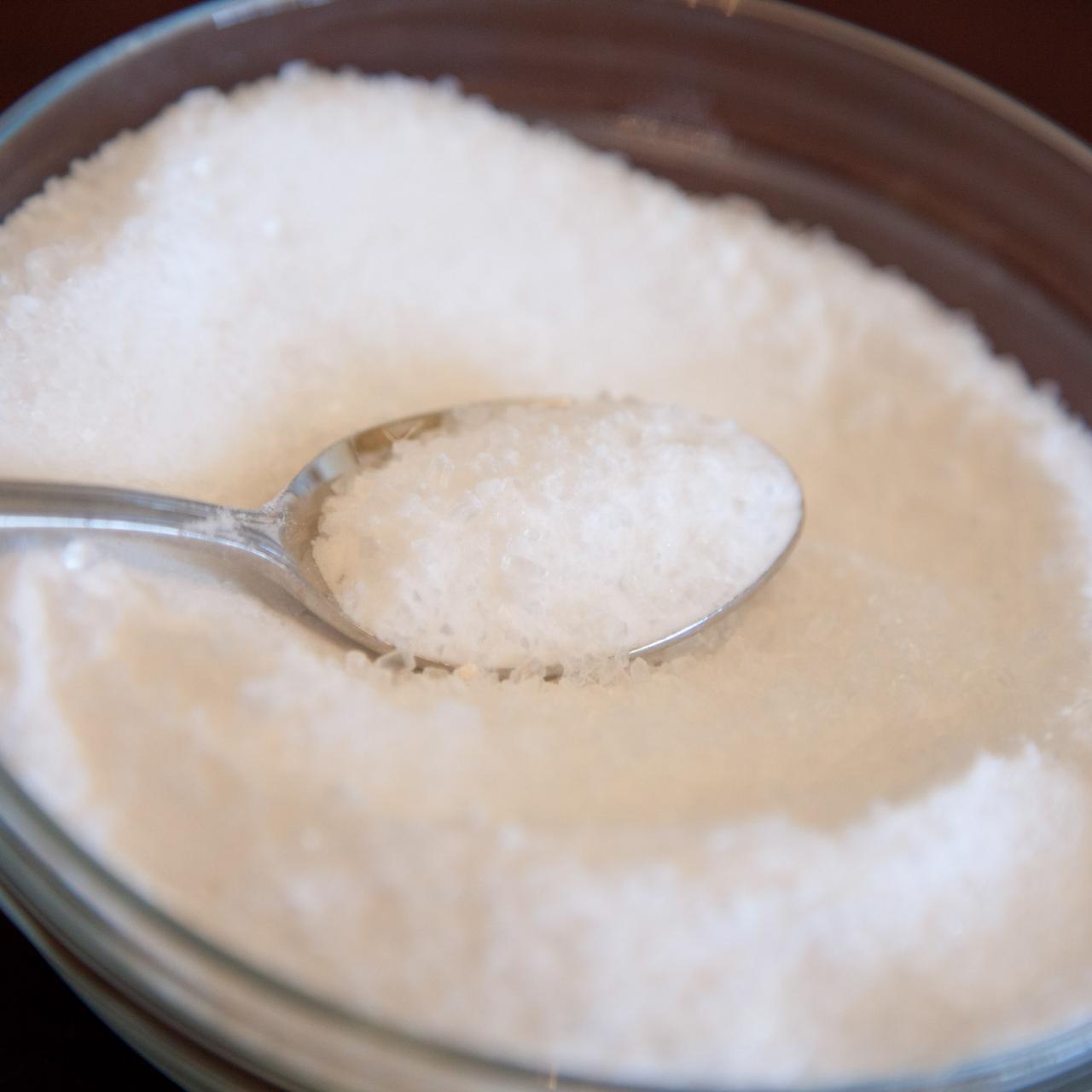Prevent These Plants: What Plants Don't Like Epsom Salt
Prevent These Plants: What Plants Don't Like Epsom Salt
Blog Article
Find Out About the Details Plants That Are Negatively Influenced by Epsom Salt Application
Epsom salt, a popular family remedy for different horticulture woes, is often commended for its beneficial results on plant growth. Not all plants react positively to its application. Comprehending the specific plants that can be detrimentally affected by Epsom salt is vital for any kind of garden enthusiast seeking to enhance their plant treatment routine. Roses, tomatoes, azaleas, rhododendrons, and peppers are simply a couple of instances of plants that may not react well to Epsom salt. The reasons behind these unfavorable impacts and exactly how to mitigate them are essential knowledge for preserving a flourishing garden.
Roses

Roses, especially conscious changes in their atmosphere, can be adversely affected by the application of Epsom salt. While Epsom salt is frequently used as a fertilizer to promote plant growth and boost blooming, roses are just one of the plants that do not react well to its application. The high magnesium content in Epsom salt can hinder the uptake of various other crucial nutrients by the rose plants, bring about deficiencies that materialize as yellowing leaves or stunted development.

Tomatoes
While Epsom salt is commonly touted as a solution for various plant problems, consisting of blossom end rot in tomatoes, its application can lead to destructive outcomes if not made use of sensibly. Excessive Epsom salt, which is magnesium sulfate, can interfere with the delicate nutrient balance needed by tomatoes, possibly leading to deficiencies in other vital nutrients like calcium. When considering the use of Epsom salt on tomatoes, it is crucial to stick to recommended application prices and dirt screening to avoid unplanned repercussions on the total wellness and performance of these precious yard plants.
Peppers
Peppers, prized for their different colors and degrees of spiciness, can show susceptibility to unfavorable impacts from Epsom salt when not used with treatment and factor to consider for their certain nutritional needs. what plants don't like epsom salt. Peppers, coming from the Solanaceae family, call for a delicate balance of nutrients to prosper. While Epsom salt is recognized to enhance magnesium degrees in plants, excessive application can disrupt this balance, bring about unfavorable effects on pepper plants
When peppers are exposed to high degrees of magnesium from Epsom salt, it can conflict with the plant's capability to take in other essential nutrients like calcium and potassium. This inequality may show up in signs and symptoms such as fallen leave staining, stunted growth, and reduced fruit production. In addition, the excessive magnesium can modify the soil pH, further exacerbating nutrient uptake issues for peppers.

Rhododendrons
Offered the sensitivity of certain plant types to imbalances triggered by Epsom salt, it is crucial to think about the influence on Rhododendrons, which likewise call for details nutrient degrees to grow. Rhododendrons are acid-loving plants that choose acidic dirt problems with a pH variety in between 4.5 and 6.0. Epsom salt, chemically recognized as magnesium sulfate, can modify the soil pH and interfere with the fragile equilibrium of nutrients crucial for Rhododendron health.

To maintain the optimum development and health of Rhododendrons, it is essential to prevent the unplanned usage of Epsom salt and instead concentrate on providing the details acidic soil problems and nutrients that these plants need for thriving.
Azaleas
Azaleas, known for their vivid blooms and broad array of shades, are ornamental bushes that come from the Rhododendron category. These prominent flowering plants are usually located in parks, gardens, and landscapes More Bonuses due to their elegance and versatility. Azaleas are delicate to adjustments in dirt pH levels, which can substantially affect their growth and general health. While Epsom salt is commonly utilized as a treatment for magnesium shortage in plants, its application to azaleas can have damaging impacts.
When Epsom salt is put on azaleas, it can change the soil pH, making it more acidic. Azaleas like somewhat acidic soil problems, and an unwanted of magnesium from Epsom salt can interrupt this equilibrium, resulting in nutrient imbalances and potential toxicity problems. The incorrect application of Epsom salt can cause stunted development, yellowing of fallen leaves, and total decrease in the wellness of azaleas. It is critical to be mindful when considering the use of Epsom salt on azaleas to stop any negative consequences on these fragile ornamental bushes.
Verdict
Finally, it is important to be familiar with the details plants that can be negatively influenced by the application of Epsom salt. Roses, tomatoes, peppers, rhododendrons, and azaleas are some instances of plants that may not profit from Epsom salt and might even endure harm. It is crucial to study and recognize the requirements of each plant types before utilizing Epsom salt as a fertilizer to ensure their wellness and wellness.
Comprehending the particular plants that can be detrimentally impacted by Epsom salt Read More Here is essential for any gardener looking to enhance their plant care regimen. While Epsom salt is frequently made use of as a plant food to advertise plant development and enhance flowering, roses are one of the plants that do not respond well to its application.Too much usage of Epsom salt can also result in a build-up of salts in the dirt, leading to root damage and dehydration of the rose plants. While Epsom salt is recognized to improve magnesium levels in plants, extreme visit this site application can disrupt this stability, leading to negative impacts on pepper plants.
The high salt web content in Epsom salt can likewise dehydrate Rhododendron roots, creating further tension and damage to the plant. (what plants don't like epsom salt)
Report this page